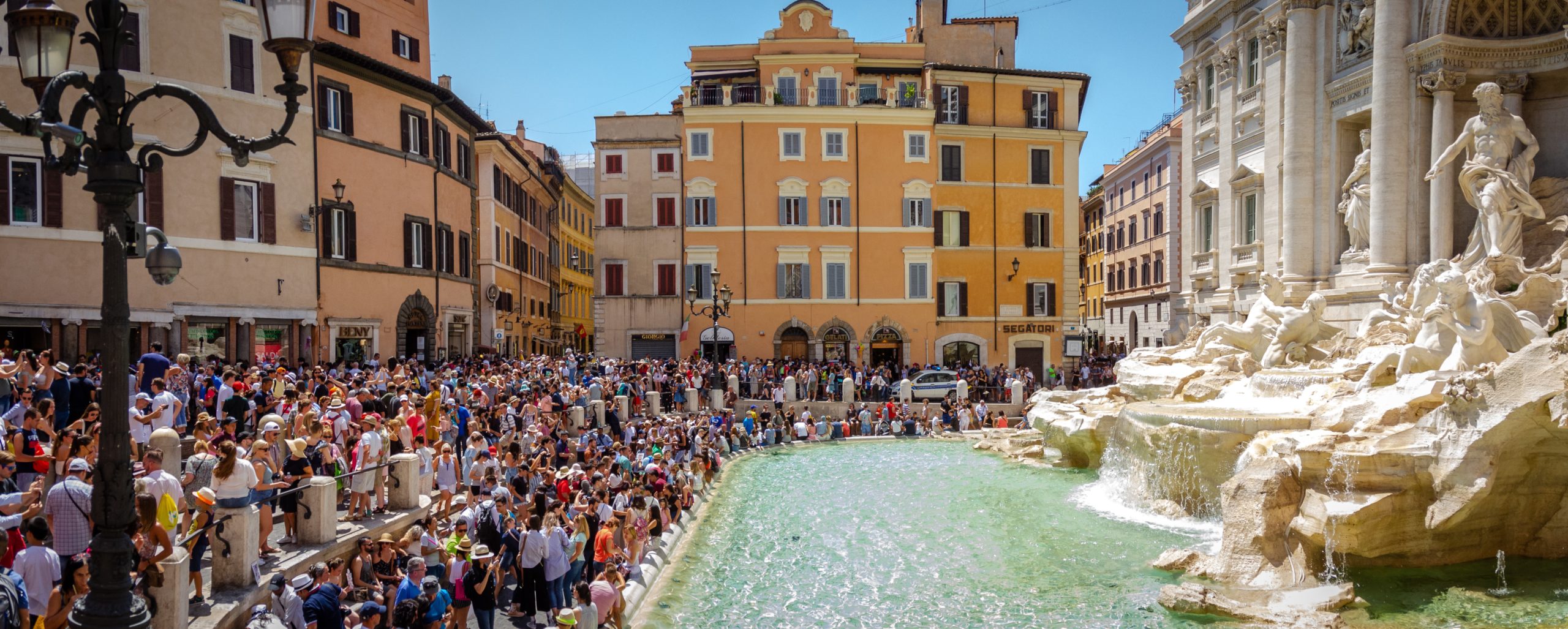Overtourism strikes back: Steps you can take to combat its return and become a more responsible traveler.
After being deprived of travel experiences for a larger part of the last two years, travelers have been itching to start exploring new destinations, cultures, and cuisines. But as travel re-opens in our post-pandemic world, the threat of overtourism once again looms over some of our favorite destinations.
What is Overtourism?
Overtourism is the increase in tourist numbers at such high volumes that it negatively impacts local residents, visitors, and the surrounding environment of a particular destination. The actual number of visitors is subjective to the capacity a given destination can manage without seeing detriment to their environment. But when a location’s hosts and its guests feel that the quality of life, the experiences offered, and the environment have deteriorated, it’s safe to say that destination is suffering from overtourism.
In regions of Southeast Asia, Latin America and Africa, countries have struggled to balance economic growth with the environmental regulations needed to protect the wildlife and ecosystems that attract tourists in the first place. In Europe, popular cities like Barcelona, Amsterdam, and Venice are all struggling to reduce visitor numbers. Barcelona alone has seen 30 million tourists to its 1.6 million residents in one year. And Amsterdam is projected to receive around 42 million tourists to its estimated million residents in 2030. With those numbers, it’s no wonder anti-tourist sentiment has surged in recent years.
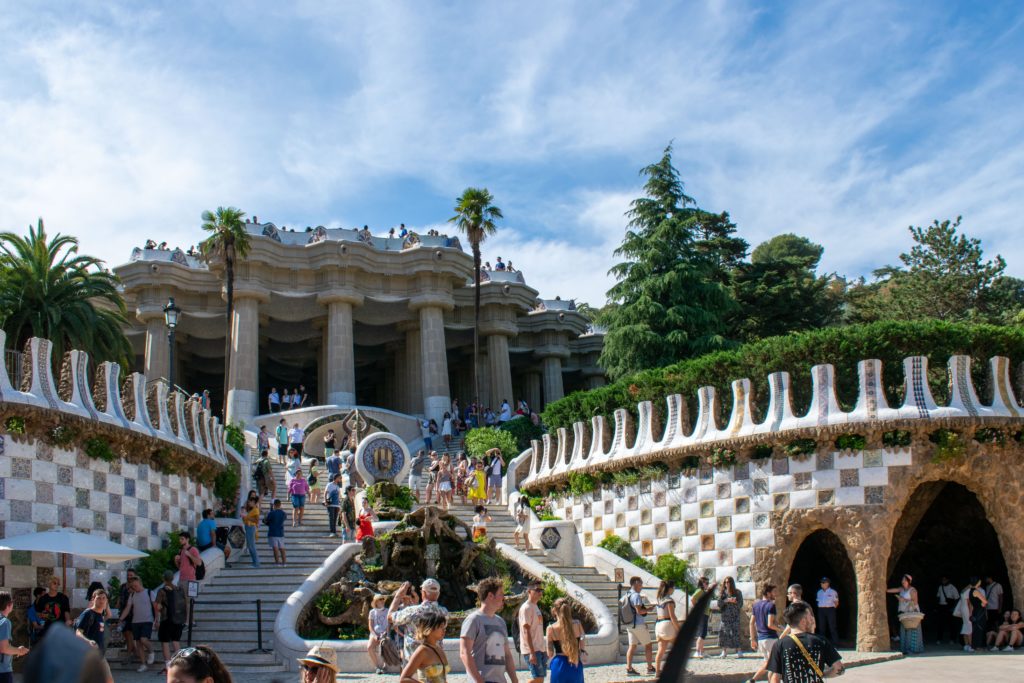
For many places burdened by overtourism, the travel ban was a welcome relief for local residents and wildlife. Lamentably, travel in popular destinations has already started reflecting pre-pandemic levels. For both the health of locals, visitors, and the environment, it is essential to prevent overtourism from coming back in full force. But to do that, we need to know what causes it.
What causes overtourism?
There is not a single cause of overtourism. Rather, it can be attributed to the intersection of innovation across numerous industries. From advances in the airline industry reducing the costs of airfare, to the enlargement of cruise ships increasing the capacity of passengers on board, it has never been easier for travelers to go from one place to another in the sheer quantities possible today. The infrastructure simply was not in place, and arguably neither was the technology.
Innovations in tech from the internet to smartphones have revolutionized our lives in countless ways, travel included. From online bookings and reviews, to home-sharing, ride-sharing and mapping services, technology facilitates every step in a traveler’s journey. Not to mention the major role that social media plays in augmenting the effects of overtourism.
Less visited destinations can become hotspots for mass tourism almost overnight thanks to the influence of social media. And while increased tourism promotes economic growth, most of these places don’t have the infrastructure or capacity to support thousands of visitors. Boracay, in the Philippines, recently saw a huge influx in visitor numbers thanks to its popularity among influencers on Instagram. The island eventually suffered from algal blooms because it lacked the sewage and wastewater treatment facilities necessary to support increased numbers of tourists. This is just one of the many ways in which overtourism can impact a destination.
What are some more impacts?
Overtourism alters the fundamental character of some of the world’s most popular destinations. Increased tourists cause congestion and traffic, litter and pollution, and the degradation of local cultures and environments. Residents have long complained about tourists driving costs of living so high that locals are eventually priced out. With locals gone, the authenticity of the experience for travelers is also at a loss. Maintaining the quality of life for locals is essential to creating a quality visitor experience. However, striking that balance can be difficult.
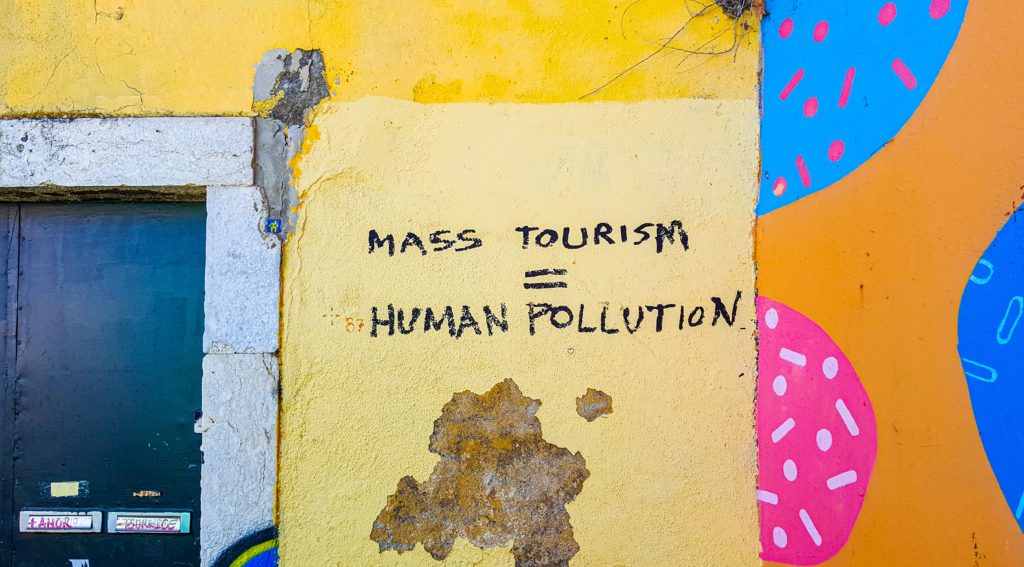
Mass tourism is not restricted to major cities or a specific destination for that matter. The impacts can be felt worldwide. From large-scale effects of increased carbon emissions from aviation contributing to climate change, down to the overcrowding of beaches in Phuket, Thailand inhibiting the successful reproduction of endangered leatherback sea turtles.
Mass tourism undoubtedly causes detriment to all parties involved: locals, tourists, and the environment. The pandemic revealed what happens when these highly sought-after destinations are given a break from tourism. With cleaner air in major cities and the recovery of wildlife in the absence of tourists, we saw just how much of an impact over-tourism can really have on a destination.
What can we do to prevent overtourism from targeting more of the places we care about?
As the travel industry recovers, we need to make travel more sustainable both for the stability of local economies and the enjoyment of travelers everywhere. Governments worldwide have committed to updating regulations to address the crisis. Meanwhile organizations like Solimar International are using destination management plans to help counties manage an increased number of tourists at up-and-coming locations. If we want to ensure that our favorite destinations last for generations to come, we all need to do our part to become more responsible travelers. Be aware of the impact your trips have on local environments so you can take steps to leave a more positive impact.
Five steps you can take to become a more responsible traveler:
1. Look for sustainable travel options that support local businesses
There are many alternatives to choose from when planning your next vacation. Search for experiences labeled regenerative, responsible, or sustainable to find travel options that care for the health, longevity, and prosperity of a destination and its people. Try to avoid greenwashing and opt for locally owned operations. When compared to foreign tourism operators, locals will usually have more consideration for the places they call home.
2. Take the road less traveled (literally)
One of the biggest steps you can take to prevent over-tourism is to go to destinations facing under-tourism. Seek out less visited regions or locations that are actually welcoming visitors. For example, if you have always wanted to go to Bali, go to a place like Ataúro Island in Timor Leste instead.
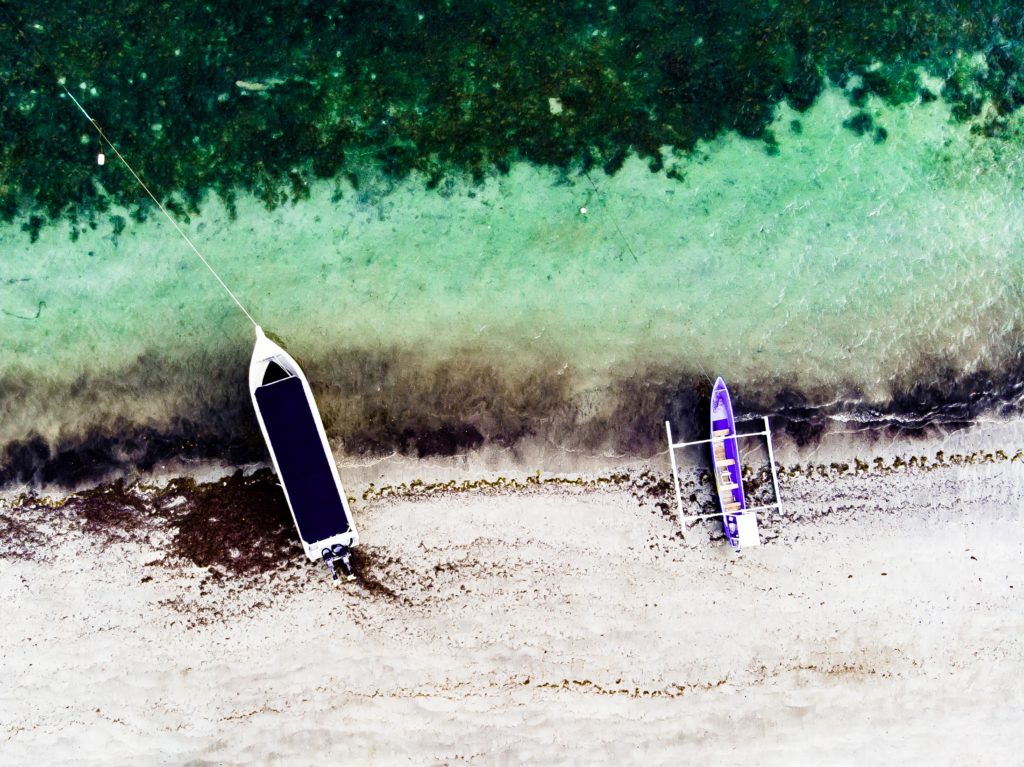
3. Be respectful of local customs and cultural norms
Overtourism stirs up a lot of anti-tourist sentiment from local residents. Don’t add to it by coming off as a disrespectful traveler. If you are planning a trip, make sure you do your research first. Educating yourself on current social and environmental issues at a destination will make you a more mindful visitor. Plus, local residents will appreciate efforts made to be respectful. You wouldn’t want a guest in your home to be inconsiderate of your wishes and needs, so make sure to be considerate of their wishes as well!
4. Travel during the off season
Certain weather patterns or vacation schedules make a destination more popular at certain times of year. This concentrates an overwhelming influx of visitors to a two-to-three-month window. Traveling during the off season helps alleviate this stress by spreading tourists and local incomes out over a longer period. Next time you want to take that trip to a popular destination, go during the off season. You will be able to avoid the crowds and enjoy a more authentic experience. You might even score a better deal on stays and experiences!
5. Consider non-group travel
Large tour groups tend to overcrowd popular locations. Think increased wait times for restaurants, museums, etc… No one wants to spend their precious vacation time waiting around. Or worse, unable to get tickets to popular attractions because there are simply too many people. Going in smaller groups will reduce the stress of increased visitors. And if you are feeling up to it, going solo will allow you to make even better connections to your destination.
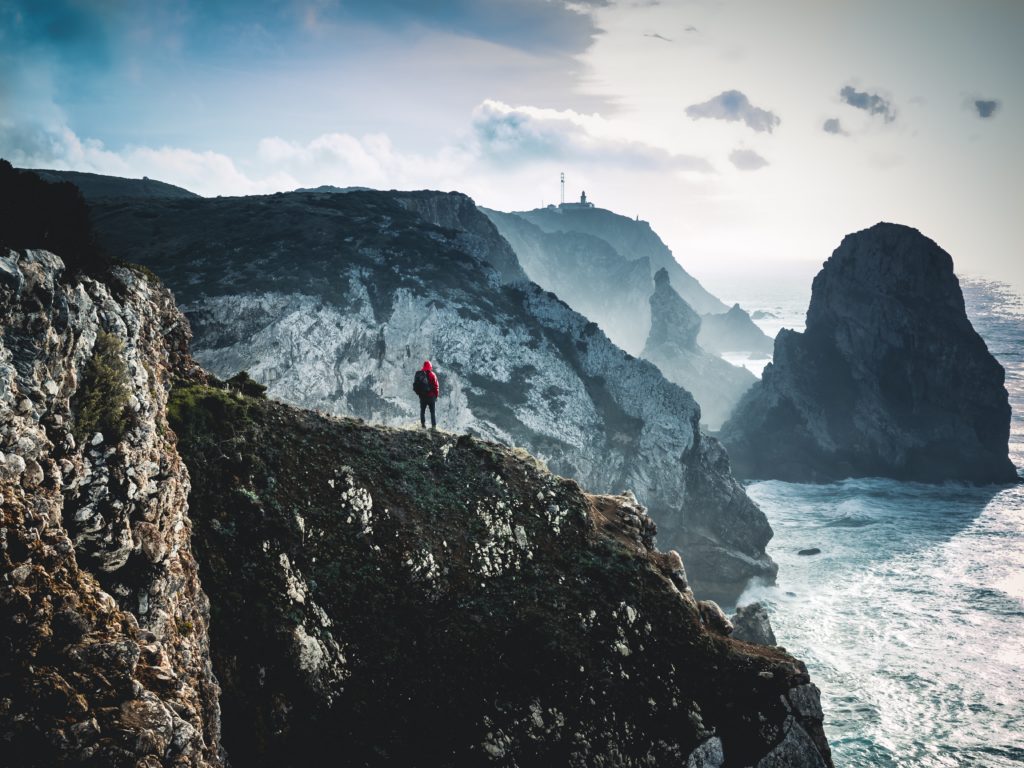
Finding a solution to the overtourism crisis is not easy. Increased government regulations and cooperation across industries will be required to even begin to address the problem. Mitigating the impacts of overtourism is a challenge for businesses and individuals at all levels of the travel chain. But there is some good news. As travelers, we have the power to make better travel decisions by researching a destination in advance. We can rest assured knowing our trips will leave a positive impact on a destination, or at least avoid contributing further to the problem. If you don’t have time to look before you book, then you can still be part of the solution by checking out Solimar International’s current projects!
